How to Start a Profitable Seedling Nursery in Pakistan: A Guide to Large-Scale Success
Are you looking to tap into Pakistan’s booming agricultural sector with a profitable seedling nursery? With the rising demand for quality seedlings in both local and export markets, starting a large-scale commercial nursery can be a game-changer. Pakistan’s fertile land and diverse climate make it an ideal location for growing seedlings, especially vegetables that thrive year-round. In this guide, we’ll walk you through the steps to set up a profitable seedling nursery, focusing on large-scale operations and the best vegetable varieties to grow for consistent success.
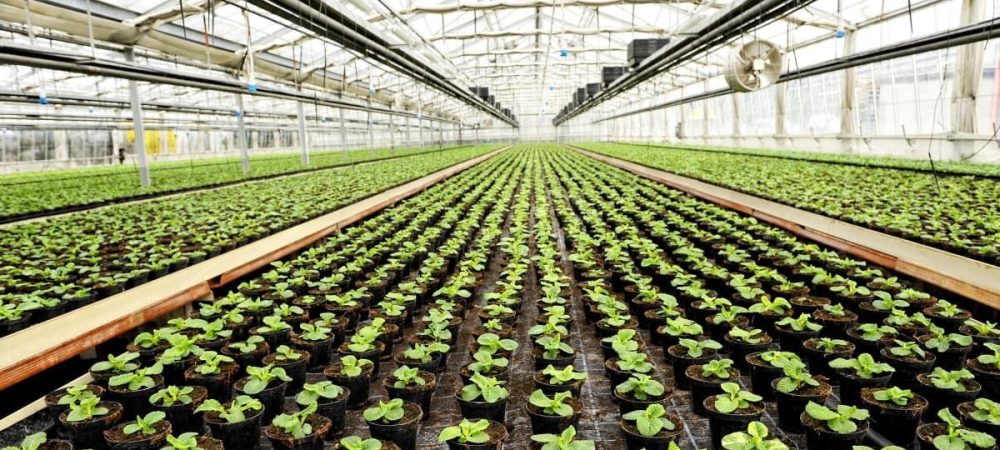
Why Start a Seedling Nursery in Pakistan?
Pakistan’s agricultural industry is a cornerstone of its economy, and the demand for healthy seedlings is growing rapidly. Farmers, urban gardeners, and landscapers need reliable sources for seedlings, while export markets in the Middle East and beyond are hungry for quality Pakistani produce. A large-scale seedling nursery can cater to these markets, offering a steady income stream. Plus, focusing on vegetables that grow year-round ensures consistent production and profits.
Step 1: Plan Your Large-Scale Commercial Nursery
A successful large-scale nursery starts with a solid plan. Here’s what to consider:
- Market Research: Identify demand in local markets (e.g., farmers in Punjab and Sindh) and export markets (e.g., UAE, Saudi Arabia). Vegetables like tomatoes, onions, and chilies are popular both locally and internationally.
- Scale and Budget: A large-scale nursery may require 5-10 acres of land, depending on your goals. Budget for land, infrastructure, labor, and export certifications.
- Business Model: Decide if you’ll focus on B2B (selling to farmers and exporters) or B2C (direct to gardeners). For export, prioritize high-demand crops with long shelf lives.
Pro Tip: Register your business with the Pakistan Horticulture Development & Export Company (PHDEC) to access export opportunities.
Step 2: Choose the Right Location and Infrastructure
For a large-scale nursery, location and setup are critical:
- Land Selection: Choose a site with fertile, well-drained soil, access to sunlight, and proximity to water sources like canals or tube wells. Areas near Lahore, Faisalabad, or Hyderabad are ideal due to their agricultural hubs and transport links.
- Infrastructure: Invest in greenhouses or polytunnels to control temperature and humidity, especially for export-quality seedlings. Install drip irrigation systems for efficient watering.
- Storage and Packaging: Set up cold storage units to preserve seedlings for export. Use biodegradable pots or trays for eco-friendly packaging that meets international standards.
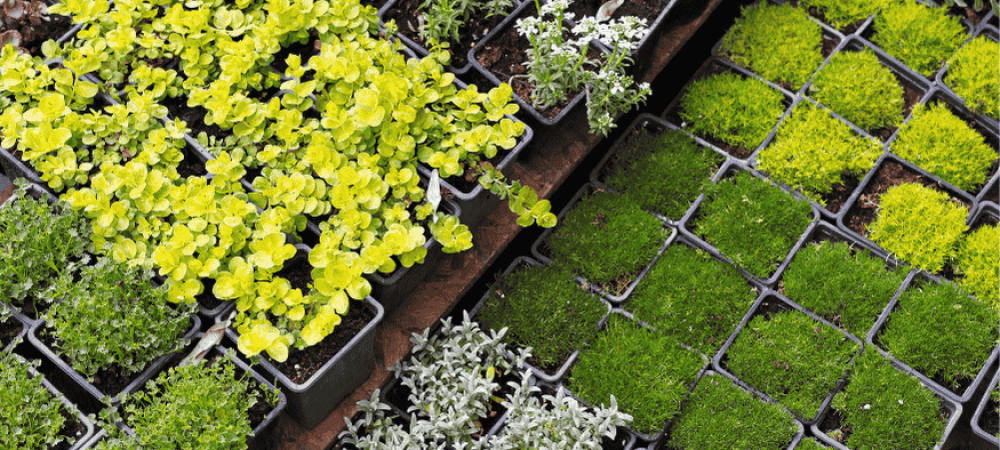
Step 3: Focus on the Most Seedable Vegetable Varieties Year-Round
To ensure consistent production, concentrate on vegetables that can be grown throughout the year in Pakistan’s diverse climate. Here are the top varieties:
- Tomatoes: A high-demand crop for both local and export markets. Varieties like Roma and Desi tomatoes grow well year-round with proper care. Sow in trays and transplant after 4-6 weeks.
- Onions: Popular in Pakistan and abroad, onions (e.g., Red Creole variety) can be grown in multiple seasons. They require well-drained soil and moderate watering.
- Chilies: Heat-tolerant varieties like Sindhri or Talhari thrive in Pakistan’s climate. Chilies are in demand for export to Middle Eastern countries.
- Spinach: A cool-season crop that grows well in winter but can be cultivated year-round in shaded greenhouses.
- Okra (Bhindi): A summer crop that’s easy to grow and has steady local demand. Varieties like Sabz Pari are popular.
Seasonal Tip: Use crop rotation and staggered planting to maintain a steady supply. For example, grow tomatoes and chilies in summer, and switch to spinach in winter.
Step 4: Source Quality Seeds and Inputs
For a large-scale nursery, quality is non-negotiable:
- Seeds: Source certified, disease-resistant seeds from reputable suppliers like the Punjab Seed Corporation or private companies such as Syngenta Pakistan.
- Growing Medium: Use a mix of compost, peat, and sand for optimal seedling growth. Ensure the medium is sterilized to prevent fungal infections.
- Fertilizers and Pest Control: Use organic fertilizers like vermicompost and biopesticides (e.g., neem oil) to meet export standards, which often require chemical-free produce.
Pro Tip: Test your seeds for germination rates (aim for 85% or higher) before large-scale sowing.
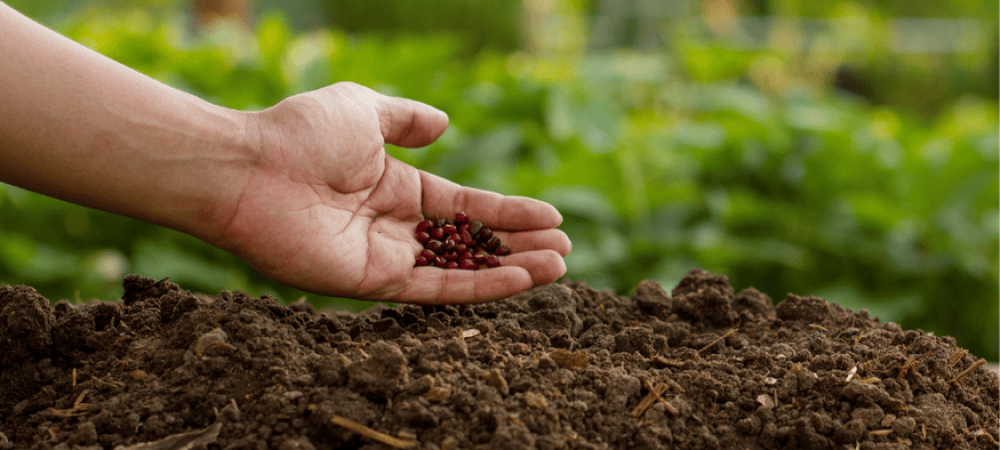
Step 5: Set Up for Local and Export Markets
To cater to both markets, you’ll need a dual strategy:
- Local Market: Sell directly to farmers through agricultural fairs or partner with local distributors. Offer bulk discounts to attract large buyers.
- Export Market: Focus on high-value crops like chilies and tomatoes. Obtain phytosanitary certificates from the Department of Plant Protection in Pakistan to meet international standards. Package seedlings in ventilated, export-grade containers to ensure they arrive fresh.
Export Tip: Build relationships with export agents in Karachi or Lahore, and attend trade shows like the Dubai Gulfood Expo to connect with international buyers.
Step 6: Manage Operations Efficiently
Running a large-scale nursery requires streamlined operations:
- Labor: Hire skilled workers for sowing, transplanting, and pest management. Train them on modern nursery techniques.
- Technology: Use automated irrigation systems and climate control in greenhouses to improve efficiency.
- Record-Keeping: Track planting schedules, germination rates, and sales to optimize production.

Step 7: Market Your Seedling Nursery
Effective marketing is key to reaching both local and export customers:
- Local Marketing: Promote your nursery at agricultural fairs, farmers’ markets, and through local agricultural cooperatives. Offer workshops on seedling care to attract small-scale farmers and home gardeners in cities like Lahore, Karachi, and Faisalabad.
- Digital Presence: Build a website optimized for keywords like “seedling nursery in Pakistan” and “buy vegetable seedlings online.” Use social media platforms like Facebook and Instagram to showcase your seedlings with high-quality photos and customer testimonials.
- Export Marketing: Attend international trade shows like Gulfood in Dubai to connect with buyers from the Middle East. Create a professional catalog highlighting your export-quality seedlings, focusing on popular varieties like chilies and tomatoes.
Step 8: Ensure Compliance and Quality for Export
For a large-scale nursery targeting export markets, compliance with international standards is crucial:
- Phytosanitary Certification: Obtain certificates from the Department of Plant Protection in Pakistan to ensure your seedlings are free from pests and diseases, a requirement for export to countries like the UAE and Saudi Arabia.
- Quality Control: Regularly test your seedlings for germination rates, disease resistance, and uniformity. Export buyers prioritize consistency in size and health.
- Packaging Standards: Use ventilated, export-grade containers to keep seedlings fresh during transit. Label packages with details like variety, origin, and handling instructions.
Pro Tip: Partner with the Pakistan Horticulture Development & Export Company (PHDEC) for guidance on export regulations and market access.

Step 9: Calculate Costs and Potential Profits
A large-scale nursery requires significant investment, but the returns can be substantial:
- Startup Costs: Land (5-10 acres), greenhouses, irrigation systems, seeds, and labor can cost PKR 5-10 million initially, depending on scale.
- Operating Costs: Monthly expenses for water, electricity, fertilizers, and wages may range from PKR 200,000 to 500,000.
- Revenue Potential: Selling 50,000 seedlings monthly at PKR 5-20 each (vegetables) or PKR 50-100 (fruit trees) can generate PKR 500,000-1,000,000 in revenue. Export sales can fetch higher prices, often 2-3 times the local rate.
With proper management, you can break even within 1-2 years and see profits soar as your nursery scales.
Step 10: Scale and Diversify for Long-Term Success
Once your nursery is established, explore ways to grow:
- Diversify Offerings: Add high-value crops like medicinal herbs (e.g., tulsi) or ornamental plants (e.g., roses) to attract new markets.
- Expand Export Reach: Target additional markets like Europe or Southeast Asia, where demand for organic seedlings is growing.
- Value-Added Services: Offer seedling care guides, custom grafting services, or bulk delivery to build customer loyalty.
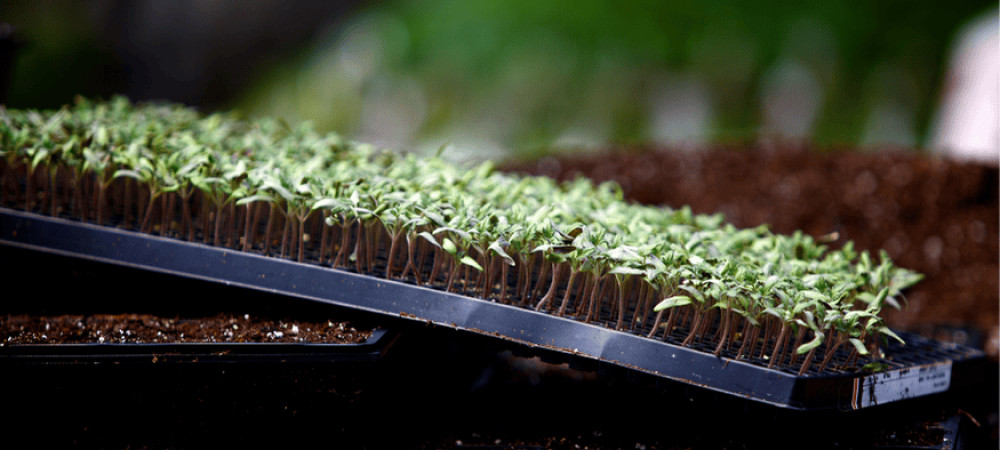
Final Thoughts
Starting a profitable seedling nursery in Pakistan is a rewarding venture, especially on a large scale. By focusing on year-round vegetable varieties like tomatoes, onions, and chilies, and catering to both local and export markets, you can build a thriving business. With careful planning, quality control, and effective marketing, your nursery can become a key player in Pakistan’s agricultural landscape.
Ready to launch your large-scale seedling nursery? Share your thoughts or questions in the comments below, or contact us for expert advice on nursery farming in Pakistan!



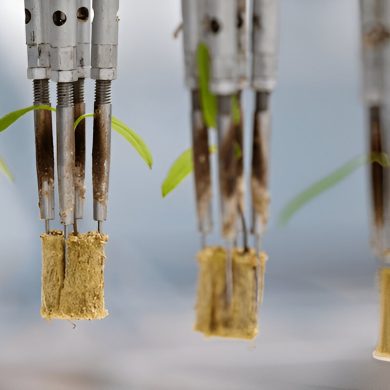

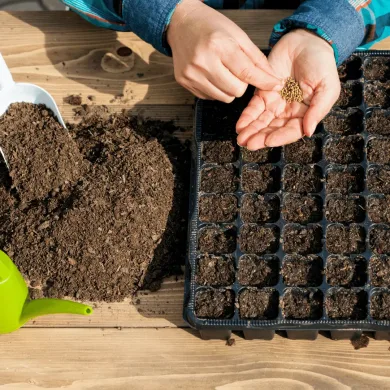



Add comment